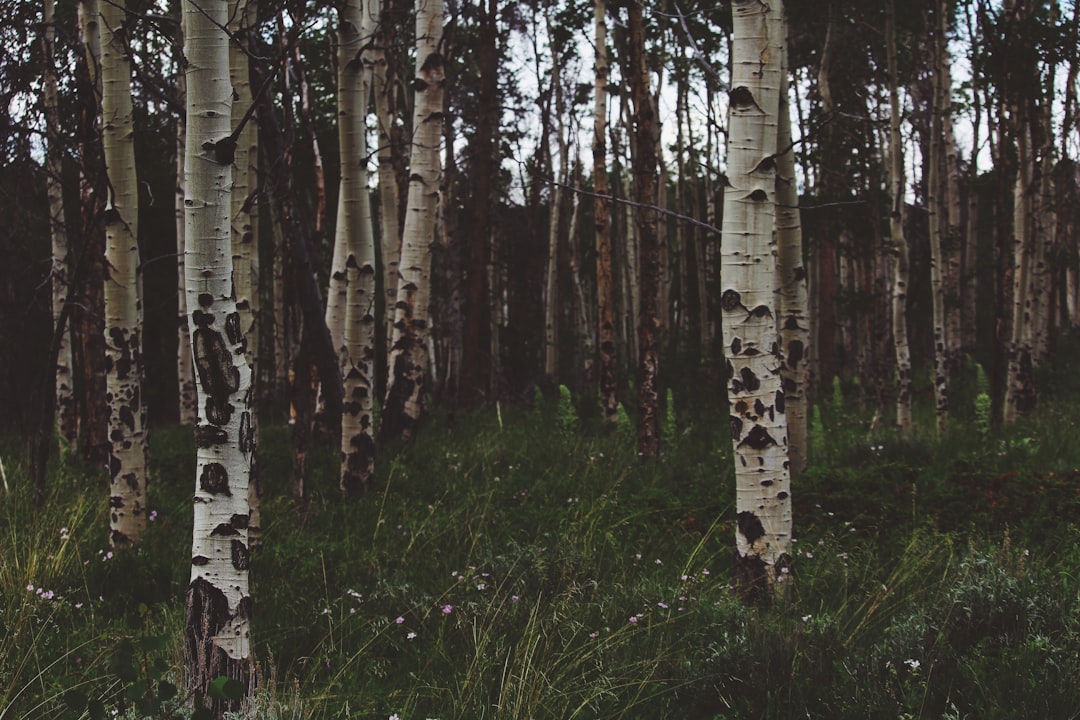As we reach the end of August, 95% of UK crops have been harvested. The fields lie in stuble and scattered beans and the ground nesting birds have long since flown their nests.
This month we will celebrate the autumn equinox and the abundance that we find in the hedgerows at this time of year. Plenty to pickle, jam and preserve. We have already stained our lips with the sweetest blackberries we’ve tasted in a long time, a side effect of the summer’s drought.

This month I find myself telling stories at events that celebrate the land and the way humans have shaped it; for better or worse, I will let you decide. Either way, farming and food production have long influenced and shaped our landscape.
Heathlands, for example, are a solely manmade creation and yet these habitats are now rare and valuable. As rare as rainforests! One of my local heathlands holds 12 of the 13 species of UK native reptiles and amphibians and is the only one in the UK to do so. The only reason it they not hold all 13 is because pool frogs are currently only found in one place in the UK and that's not local. In fact few know where it is as it must be kept a secret to prevent these precious few pond frogs being unessecarily disturbed.
Heathlands have been a human landscape since the bronze age. Once the spiritual sites of our ancestors, they still have burial mounds on them today. Mounds or bowls which are sometimes barely noticeable, we refer to these 5000 year old graves as barrows.
As we became more settled in our communities and farming we cleared spaces for crops. When we discovered the heathland soil was nutrient poor and would not support these crops, we grazed our livestock on them and in this way trees did not retunr and the land became heathland, full of scrub, gorse and birch trees.

Over the coming centuries the land was used as common land for collecting estovers, turf and peat for fuel, grazing livestock, gathering heather for roofing and bedding and birch for brooms.
This came to an end with the 1805 Enclosure's Act and from that point on the heathland became closed off to the commoner. Without cattle to graze it, we started to lose our heathland and up until recently this land has been viewed as unproductive wasteland. Now, however, we see the value in these precious habitats and celebrate them.
September’s events include several tales of farming and how it has shaped our landscape. I have a private booking to tell tales on a dairy farm, stories with an environmental message at the village greening festival, as well as taking part in re-enactment for Secrets Of The Heath run by The South Downs National Park Authority, and later in the month the Equinox Boat Burning at Butser Ancient Farm, where I will be telling more stories of our ancestors and the landscape.
I'd like to finish this missive with a rather neat little quote from Wendell Berry that combines farming and stories:
'Telling a story is like reaching into a granary full of wheat and drawing out a handful. There is always more to tell than can be told.'

My September Events:
For more information on my work and events please visit:







